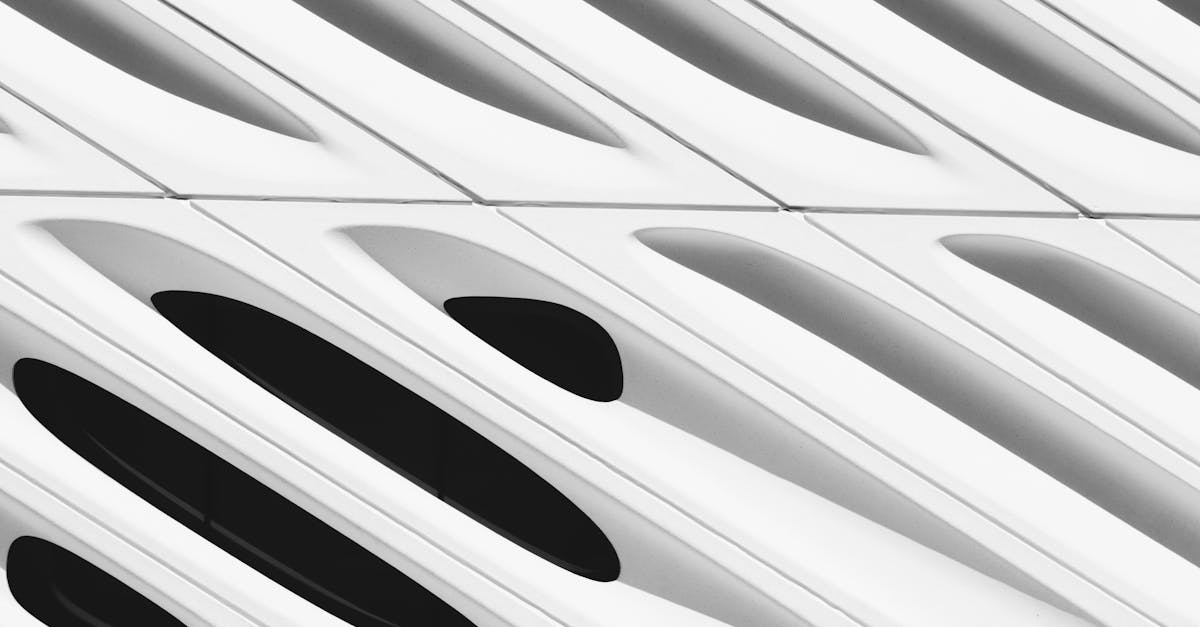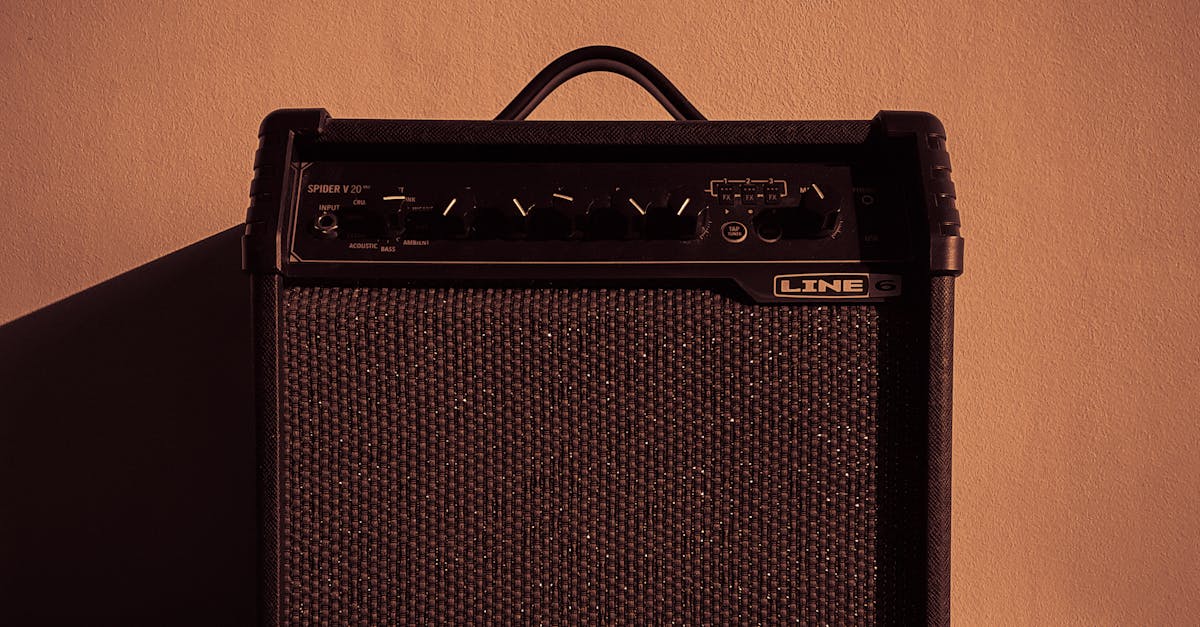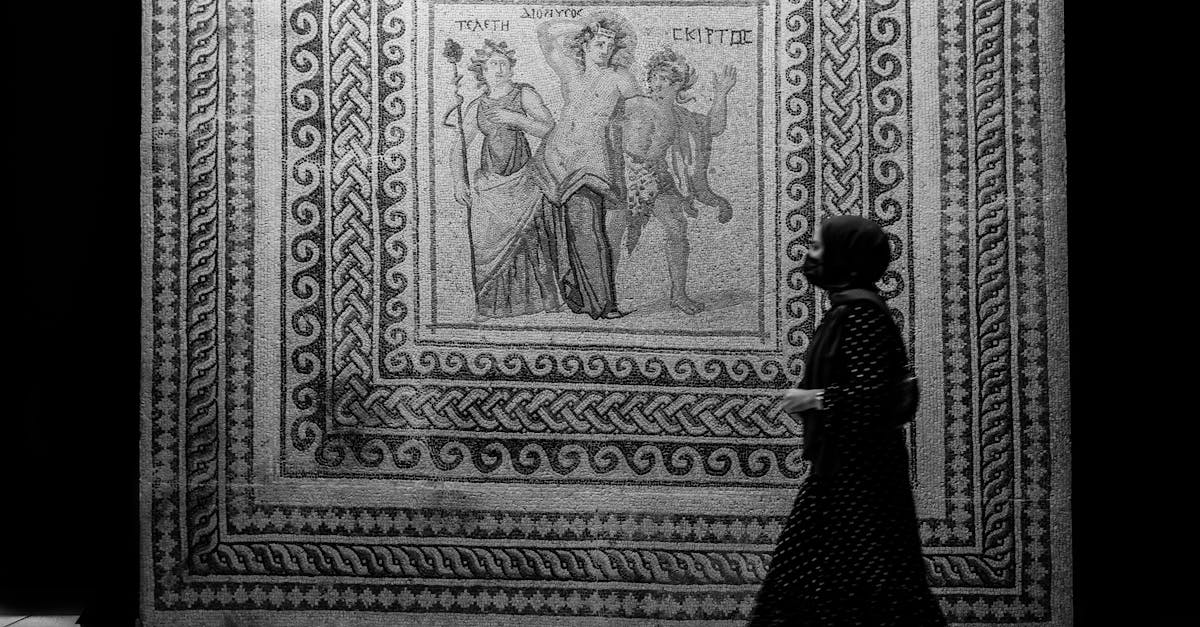Harmonized Aesthetic Dynamics Unveiling the Art of Balance
Introduction: Defining Harmonized Aesthetic Dynamics
In today's rapidly evolving world, there's a growing interest in creating spaces that appeal to our emotions and sense of beauty. Harmonized Aesthetic Dynamics (HAD) is a concept that marries artistic design with the fundamental laws of aesthetics, aiming to create environments that are both pleasing and functional. Rooted in the belief that our surroundings deeply affect our well-being, HAD emphasizes balance, symmetry, and harmony in design. This emerging discipline taps into long-standing principles of art and architecture to offer timeless solutions to contemporary challenges. From residential homes to public spaces, HAD seeks to transform how we experience and interact with our environment. Let's explore how Harmonized Aesthetic Dynamics reshapes modern aesthetics.
Advertisement
The Elements of Harmonized Aesthetic Dynamics
Harmonized Aesthetic Dynamics is built upon a core set of elements that guide designers and architects. Balance is key, ensuring that every component of a space harmonizes with its counterparts. Proportion relates to the size and scale of objects in relation to each other, while harmony ensures a cohesive design narrative across all elements. Contrast, a critical factor, introduces variety and interest, preventing monotony. Lastly, rhythm refers to the patterned repetition of visual motifs, promoting cohesiveness. These elements coalesce to create a dynamic, yet serene environment, offering aesthetic pleasure and functional effectiveness.
Advertisement
Historical Roots of Aesthetic Harmony
The roots of Harmonized Aesthetic Dynamics trace back to historical art and architectural movements. Ancient Greek and Roman architectures provide early examples of symmetrical and proportionate design. The Renaissance further refined these principles, emphasizing perspective, balance, and structural beauty, as seen in the works of Michelangelo and Da Vinci. The Bauhaus movement introduced functionalism to aesthetics, a precursor to modern interior design principles. HAD seeks to marry these historical insights with modern innovations, offering timeless strategies in creating spaces that resonate emotionally and visually with individuals.
Advertisement
Psychological Impact of Aesthetically Harmonized Spaces
Numerous psychological studies highlight the profound impact of aesthetics on human emotions and mental states. A well-designed space can invigorate creativity, increase focus, and enhance mood. Environments integrating HAD principles promote feelings of calm and order, reducing stress levels. The implicit messages conveyed through design elements, such as natural textures and balanced compositions, foster a sense of safety and stability. In workplaces, this translates to improved productivity and job satisfaction. Harmonized Aesthetic Dynamics acknowledges this vital design aspect, ensuring spaces support mental well-being.
Advertisement
Harmonized Aesthetic Dynamics in Home Design
Residential spaces benefit significantly from HAD principles, creating refuges of restfulness and beauty. In homes, attention to detail in furniture arrangement, color palette, and textural contrasts can create cozy yet vibrant living spaces. Spaces that blend indoor and outdoor elements, such as gardens glimpsed through large windows, emphasize natural harmony. Moreover, personalizing these principles around the inhabitants' lifestyle and preferences transforms a house into a welcoming haven. By integrating harmony and balance, homeowners ensure their living spaces nurture family interactions and personal relaxation.
Advertisement
The Role of Technology in Modern Aesthetic Harmony
Emerging technologies are revolutionizing how designers approach Harmonized Aesthetic Dynamics. Tools such as augmented reality (AR) and virtual reality (VR) allow designers to simulate spaces, assessing balance and proportion before implementation. Advanced software enables intricate designs with precision, facilitating detailed harmony among elements. Smart systems support functional efficiency, reinforcing HAD's tenets in adaptive lighting or smart furniture solutions. Despite technological advancements, the guiding HAD principles remain rooted in understanding human emotional responses to physical environments.
Advertisement
Beyond the Visual Harmonized Aesthetic Dynamics and Sound
Harmonized aesthetics aren't limited to visual elements alone; they extend into acoustics, enriching the sensory experience of a space. Sound dynamics—controlled through strategically placed materials or elements—can enhance or dampen ambient noise, promoting tranquility. Incorporating natural sounds, such as water features, harmonizes the audio environment with visual aesthetics, deepening relaxation and focus. Practitioners of HAD understand the profound interconnectedness between sensory reduction and enhancement, guiding the creation of truly immersive experiences.
Advertisement
Harmonized Spaces in Urban Environments
Urban planning and public spaces increasingly adopt HAD principles to advance livability and aesthetic appeal. City parks, open spaces, and streetscapes are thoughtfully designed to provide aesthetic cohesion and accessibility. Elements such as lighting, seating, and landscaping contribute to pleasing visuals while supporting community engagement. Surfaces and structures showcasing balance, symmetry, and diversity foster vibrant cityscapes, encouraging public interaction. Such environments enhance well-being, connectivity, and civic pride, underscoring HAD’s importance in urban development strategies.
Advertisement
Challenges and Future Prospects of Harmonized Aesthetic Dynamics
Implementing HAD principles faces challenges, often owing to budget constraints or conflicting interests between functionality and aesthetics. Striking the right balance demands interdisciplinary collaboration, integrating architecture, interior design, psychology, and urban planning. Inclusivity and sustainability also play pivotal roles, ensuring designs are accessible and environmentally responsible. The future of HAD resides in embracing these challenges, continually innovating while honoring its core tenets. As our environments become increasingly digital, the principles of HAD serve as a grounding foundation, fostering spaces that are as comforting as they are forward-thinking.
Advertisement
Conclusion: The Ever-Evolving Artform of Harmonized Aesthetic Dynamics
Harmonized Aesthetic Dynamics represents a fascinating blend of art and science, offering a pathway to elevate our experiences within our environments. Rooted in ancient wisdom yet equipped with modern innovation, HAD continually adapts to ever-changing human needs and tastes. Harmonized spaces transcend mere functionality, nurturing our mental, emotional, and physical well-being. As practitioners and enthusiasts of HAD push boundaries, the future promises even more personalized and harmonious living environments. Ultimately, Harmonized Aesthetic Dynamics celebrates the inherent beauty in balance, roots the human experience in aesthetic allure, and transforms everyday spaces into sanctuaries of inspiration, serenity, and joy.
Advertisement


